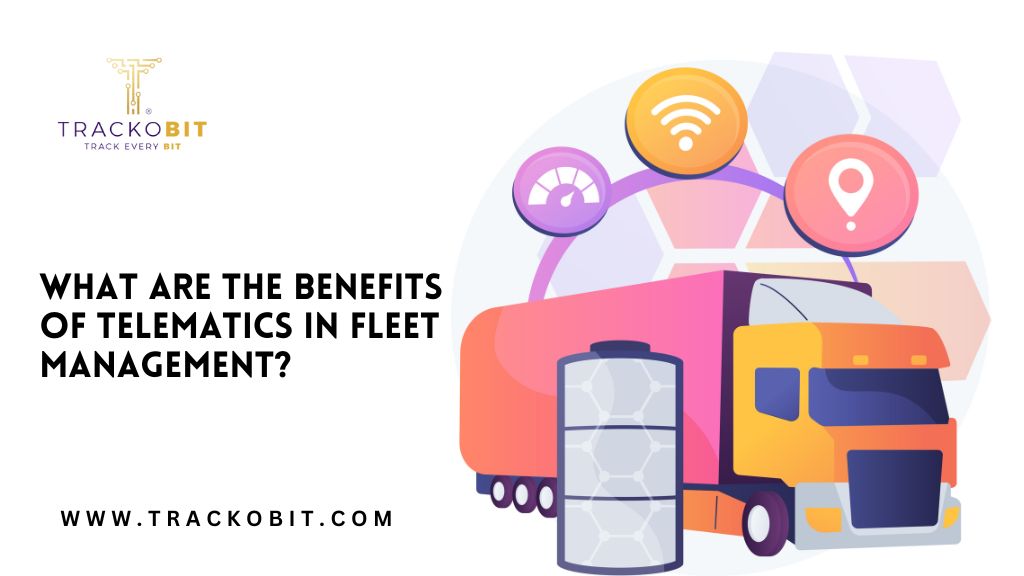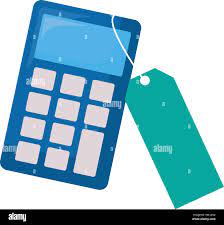Every vehicle is a crucial asset in the fleet management and transportation industry.
An ideal scenario looks like this — tracking your vehicles with real-time vehicle telematics solutions, boosting their efficiency, and ensuring driver safety.
No, it’s not science fiction — this all becomes possible with advanced telematics solutions, reshaping the way you manage your fleets.
In this article, we’ll cover how telematics systems work and the benefits they bring to the table.
What Are Telematics Systems, and How Do They Work?
Telematics systems aren’t some futuristic jargon; they can be understood as a smart blend of telecommunications and informatics.
Simply put, they send the data collected by sensors to remote servers, which then process it into usable information.
Now, in the context of fleet management, here’s how it works: Imagine a marriage between GPS (Global Positioning System) and the car’s brain. Telematics systems gather data about a vehicle’s whereabouts, speed, engine performance, and more, then zap it to a central server.
This treasure trove of data works as a goldmine for fleet managers. As data from more vehicles comes on board, the manager can change how the fleet operates.
Which data? You may ask.
- Location
- Speed and acceleration
- Idling time
- Sensor readings
- Sudden braking
- Fuel usage
- Trip duration
- Odometer readings
- Maintenance issues
Read Blog: What is Telematics? An Introduction to Smart Vehicle Tracking
Top Five Benefits of Telematics
Telematics systems help establish a reliable communication channel across your entire fleet. However, there’s more to telematics that makes it an inseparable part of today’s fleet management industry.
Let’s explore some of these benefits:
-
Enhanced Fleet Visibility
Telematics systems serve up real-time visibility into your fleet’s activities by providing you with a superhero’s bird’s-eye view.
Let’s say one of your delivery trucks gets stuck in traffic. Your telematics system will notify you so you can reroute it to a less congested path. And if a vehicle goes off-course or enters an unauthorized area, you’ll receive immediate alerts.
-
Improved Fuel Efficiency
Ah, the big spender in fleet management – fuel costs.
Telematics swoops in to optimize fuel usage. It gives you the inside scoop on driver behaviour, idle times, and fuel-guzzling. Armed with this data, you can implement strategies to save fuel, cut costs, and watch your budget smile.
By minimizing fuel consumption, you’re saving money and reducing your environmental footprint.
-
Enhanced Driver Safety
Safety first, right? Telematics systems play guardian angel by monitoring stuff like harsh braking, wild acceleration, and speed demons on the road.
This data isn’t used to play the blame game; it’s there to make your drivers behaviour on the road better. With a bit of coaching and training, you’ll see fewer accidents, happier drivers, and safer vehicles.
When drivers know they’re being monitored, they tend to adopt better habits, such as smoother braking and acceleration. Result? Safer journeys for everyone and reduced fuel costs and vehicle maintenance.
-
Maintenance Optimization
Although monitoring your drivers is a crucial part of telematics, these systems are more than just babysitters. They keep an eye on your vehicle’s health too.
Regular vehicle maintenance is a no-brainer for smooth fleet management. However, traditional maintenance schedules can be quite generic, causing over-maintenance — or worse — missed crucial servicing.
Solution? Reliable telematics systems that can spot potential issues, leading to longer lifespans, less downtime, and fewer surprise maintenance bills.
-
Increased Productivity
When it comes to fleet efficiency and productivity, telematics is nothing short of a Swiss Army knife.
With telematics systems as a part of fleet management systems, you can optimize routes to ensure your vehicles reach their destinations faster and more efficiently.
Moreover, you can monitor your drivers’ work hours, breaks, and rest times, ensuring compliance with regulations. This level of oversight ensures that your drivers are well-rested and alert, leading to safer journeys and fewer accidents.
Telematics vs. GPS Tracking
It’s time to clear something up. Telematics systems, although they do utilize GPS data, aren’t your average GPS tracking software.
GPS tracking is like reading a map — it tells you where your vehicle is.
On the flip side, telematics is like having a GPS that also checks your car’s pulse. It tells you not only where your vehicle is but also how it’s doing – its speed, engine health, and even how smoothly it’s being driven.
Combine it with video telematics solutions , and you’ve got access to much more data than GPS alone can offer.
Applications of Telematics Systems
Their ability to collect and transmit valuable data in real time allows telematics systems to be used in various industries. We’ve listed four of these:
-
Transportation and Logistics
Real-time Tracking: Telematics ensures precise vehicle location data, improving fleet efficiency.
Route Optimization: Traffic analysis helps select the most efficient routes, saving time and fuel.
Driver Behavior Monitoring: Telematics records driving habits, promoting safety through data-driven coaching.
Asset Security: Telematics aids in tracking valuable cargo, ensuring its safety and recovery in case of theft.
-
Construction and Heavy Equipment
Equipment Monitoring: Telematics tracks heavy machinery usage and condition, optimizing deployment and maintenance.
Geofencing: Defined boundaries prevent unauthorized equipment use or theft through real-time alerts.
Fuel Management: Monitoring fuel consumption reduces operational costs and environmental impact.
-
Insurance and Risk Management
Usage-based Insurance (UBI): Telematics data informs UBI policies, offering discounts for safer driving.
Accident Reconstruction: Telematics data aids in claims processing and accident reconstruction.
Stolen Vehicle Recovery: Telematics helps in tracking and recovering stolen vehicles.
Read Also: Optimizing Your Trucks’ Trips With Telematics Software
-
Agriculture
Fleet Management: Telematics monitors agricultural machinery, ensuring timely farming operations.
Precision Agriculture: Telematics and GPS data optimize resource use by providing insights on crop yield, soil quality, and equipment performance.
Farm Security: Telematics enhances farm security by tracking vehicle and machinery movement, and detecting potential threats.
The Future of Telematics
As technologies like AI and 5G pick up pace, the future of telematics looks brighter than ever.
Imagine predictive analytics that can foresee issues before they even happen. The fleet management industry has rightly embraced telematics as it offers foresight and precision.
Ready to tap into the incredible potential of telematics for your fleet management?
Dive into TrackoBit’s advanced telematics solutions. Our user-friendly software is your secret weapon for real-time insights, enhanced vehicle and driver, and increased productivity.
Schedule a demo with us today to experience the future of fleet management software in action. Don’t just manage your fleet; master it!
Source: What are the Benefits of Telematics in Fleet Management?







